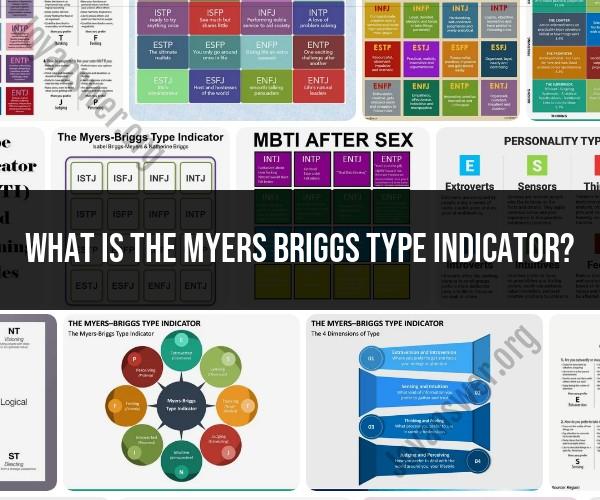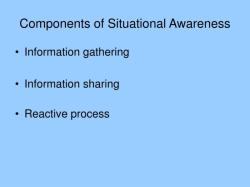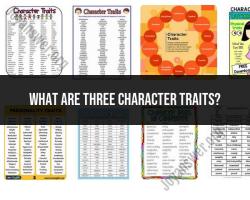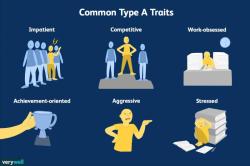What is the Myers Briggs Type Indicator?
The Myers-Briggs Type Indicator (MBTI) is a popular and widely used personality assessment tool that is designed to help individuals gain insights into their own personality preferences and how they interact with the world. It was developed by Katharine Cook Briggs and her daughter Isabel Briggs Myers during the mid-20th century based on Carl Jung's theory of personality types.
The MBTI assesses personality based on four pairs of dichotomous preferences, resulting in 16 possible personality types. These pairs of preferences are:
Extraversion (E) vs. Introversion (I): This dimension reflects whether individuals are more oriented toward the external world (extraversion) or the internal world (introversion) in terms of where they focus their attention and gain energy.
Sensing (S) vs. Intuition (N): This dimension relates to how individuals gather information. Sensing types tend to focus on concrete, factual information, while intuition types are more inclined to interpret and generate possibilities from the information.
Thinking (T) vs. Feeling (F): This dimension explores how individuals make decisions. Thinking types tend to rely on logic and objective analysis, while feeling types prioritize values, emotions, and interpersonal considerations.
Judging (J) vs. Perceiving (P): This dimension relates to how individuals approach the external world. Judging types prefer structure, organization, and closure, while perceiving types are more flexible and open-ended in their approach.
After taking the MBTI assessment, individuals are assigned a four-letter type code based on their preferences in each of these four dimensions. For example, someone might be classified as an "INTJ" (Introverted, Intuitive, Thinking, Judging).
The MBTI is often used in various settings, including personal development, career counseling, team building, and organizational development. It can provide individuals with valuable insights into their communication styles, problem-solving approaches, and interpersonal dynamics. However, it's important to note that the MBTI has been subject to criticism and debate within the field of psychology, with some researchers questioning its reliability and validity.
Ultimately, the MBTI can be a useful tool for self-reflection and self-awareness, but it should be used as one of many sources of information when exploring personality and individual differences.













